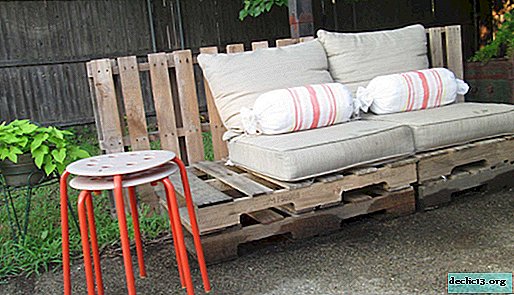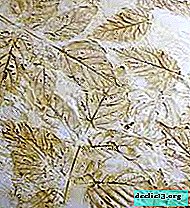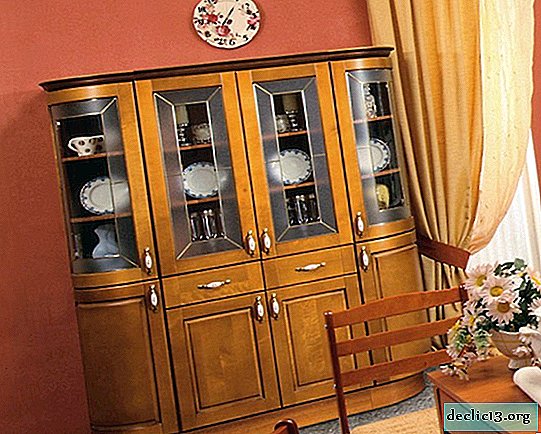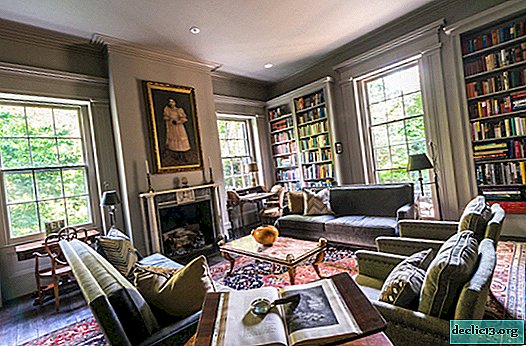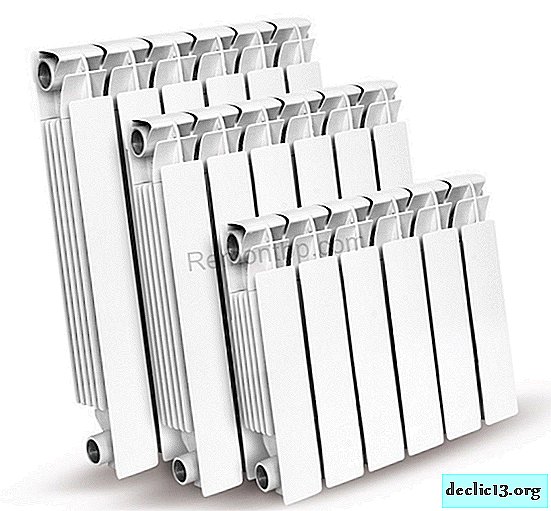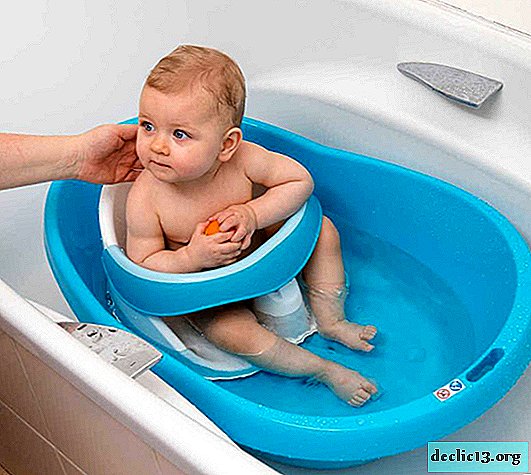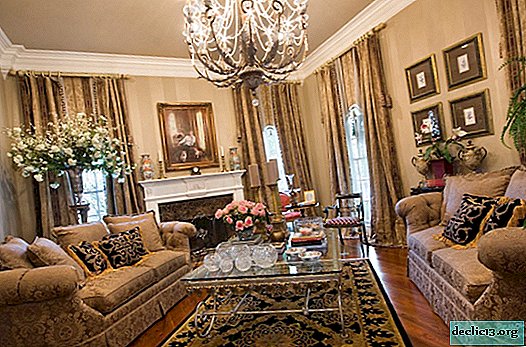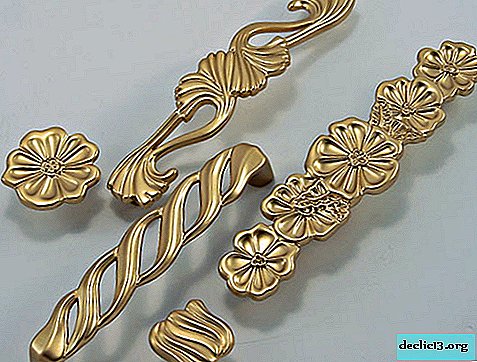I want to make a repair! Bathroom: align the walls (part 3)
Our bathroom has a high-quality, even, possibly even warm floor. It's time to level the walls. Why should this be discussed at all? The fact is that flat walls in houses built in the last century are a rare occurrence. And if you are a happy owner of an apartment in a new building, you may run into another problem. Often these apartments are sold without finishing work. And then the owner’s concern will be to level the brick wall to a state that allows it to be laid on it.
Is it so important, even walls? The bathroom is more important than any other. Tile, a traditional material for decorating a bathroom, should form even lines of joints when laying. If the base for the tile is not even, at the seams it will become very noticeable. Smooth walls give the room a strict, neat look and allow you to implement any design ideas.
How can I align the walls in the bathroom?
This article will detail three methods. Each of them has its own advantages and disadvantages. Knowing about them, the owner can decide on which technology is most suitable for this room.
- Stucco walls.
- Drywall on the frame.
- Drywall without frame.
Regardless of the method chosen, remember that the bathroom is very humid. Only water-repellent materials are suitable for leveling walls.
Plaster wall alignment
Plastering is a classic method of leveling walls. A couple of decades ago, this method was the only one. And today, many owners prefer it. For plastering rooms with high humidity use a cement-sand mixture. It can be purchased ready-made, or you can make it yourself. The recommended ratio of cement to sand for wall plaster 1: 4.
What will be needed for work besides cement-sand mixture?
- Lighthouses for the walls.
- Rule length from 150 cm.
- One and a half meter from 70 cm long.
- Foam grater.
- Trowel (trowel).
- Plumb line.
- Level.
- Alabaster.
- Primer.
We set up the lighthouses
Walls cleaned to a brick or concrete slab must be thoroughly primed. Is the primer dry? Now you can install beacons. These are special thin metal strips that are used as guides for leveling plaster. They are strengthened at a distance of 100-120 cm from each other and 20-30 cm from the corners of the room. Each lighthouse is set strictly vertically, in level.
It is convenient to attach the bar to the wall with alabaster mixed with water. The mixture should not be thick, but not liquid. No need to breed a lot of alabaster, it freezes very quickly. We strengthen the lighthouse from above and from below pointwise. Quickly check the vertical using a level or plumb line. After making sure that the guide is set correctly, we fill the space between the wall and the lighthouse with a mixture of alabaster.
Important! All guides of the same wall should lie in the same plane.
How to apply a cement-sand mixture?
This job requires certain skills. Usually, a cement-sand mixture is poured onto the wall using a special plaster bucket. This is not easy, you need training. On the small walls of the bathroom, you can do without a bucket. Plaster mortar can be spread on the wall with a trowel (if the layer is small) or a half (if the layer thickness is 1.5-2 cm). A thicker layer must be applied twice.
No matter how the mixture is applied to the walls, the space between the beacons should be mostly filled. The stucco should slightly protrude beyond the level of the plane of the beacons. We remove the excess solution by the rule, pressing it to the beacons. The rule is carried out from the bottom up, while making short movements left and right. The excess solution is cut off, as it were. It turns out the basis of the plane we need.
Of course, in order to manipulate the cement batch in this way, you need to make it soft, supple, like melted butter. It depends on the amount of water in the solution. Too much water - the mixture flows down the wall. And if too little - the rule tears out pieces of new plaster.
So we consistently fill the spaces between the lighthouses. For further work, let the solution set, harden, but not dry.
The wall becomes flat
The wall turned out having the basis of a flat plane. But now it remains to fill in the flaws. And there are a lot of them. Cracks, cavities, shells. This time we’ll make a slightly more fluid solution. It is convenient to apply it with a half. It is necessary to ensure that the wall plane does not grow, but only defects are aligned. After applying the leveling layer, you must also pause. Let the solution harden.
The wall is prettier in the eyes. It remains only to make it smooth. To do this, you need a plaster foam grater. It is necessary to moisten part of the wall with water and wipe it with a grater, where it is necessary using a small amount of liquid solution. No need to rub very hard. Fresh plaster may be damaged. After the plaster dries, it is primed. The wall is ready for decoration.
Drywall the walls
Modern technology for leveling walls using drywall can well be used in the bathroom. For wet rooms produce moisture-resistant drywall. It is mounted on the walls in one of two ways: on the frame or with glue.
How to make a frame for drywall
Do not use a timber frame in the bathroom. For the frame, galvanized profiles are needed. So what do you need for this job?
- Guide Profile (UD).
- Rack Profile (CD).
- Direct suspensions.
- Connectors are single-level (crabs).
- Dowels and screws for quick installation.
- Small screws (fleas).
- Roulette.
- Scissors for metal.
- Hammer drill.
- Screwdriver.
Measured and cut guide profiles are fixed to the ceiling and floor. This can be done using a screwdriver and quick-mount dowels. The lower profile is attached strictly under the upper. The same profiles are mounted to the walls perpendicular to the repaired. Profiles on the walls are exposed strictly vertically. The frame will be fixed in the resulting rectangle.
Next, you need to cut the CD profile. Its length is equal to the height of the room. For the rigidity of the internal corners, the first profile is set so that it forms an angle with the first profile of the adjacent wall. Further, between the midpoints of the profiles there should be a distance of 60 cm. This is important because the width of the drywall is 120 cm, and the sheets should dock in the middle of the profile. At the junction of CD and UD profiles are fastened together by a self-tapping screw.
For rigidity, each rack profile must be attached to the wall in several places. To do this, use direct suspensions. Suspension design allows you to strengthen them both before installing the racks, and after, under them. Suspension brackets are fixed to the wall with dowels and screws, and to the profile with dangles.
In places of horizontal joining of sheets of drywall, the frame should have transverse sections of the profile. Crossbars are attached to racks by means of single-level connectors. The people called them "crabs." The parts are fastened with "fleas".
Important! Think in advance where in the bathroom there will be hanging furniture, a heated towel rail and a mirror. To secure them securely, a transverse profile is required at the mounting location.
We strengthen the drywall
Before fixing drywall, you need to lay electrical wires for outlets and lighting.
Drywall sheets are fixed with black 25 mm long self-tapping screws. Their hat should be recessed 2-3 mm deep into the sheet. The extreme lines of drywall and its middle are fixed. The screws are screwed at a distance of 15 cm from each other.
To cut off part of the drywall sheet you will need a construction knife and a long ruler. Instead of a ruler, you can use a piece of profile. On the mark using a ruler, make an incision on the front side of the drywall sheet. The sheet easily breaks along an incision in the wrong side. With a knife from the wrong side we cut the second layer of cardboard.
After all the parts have been strengthened, you need to putty the place where the sheets are joined (preferably gluing the reinforcement mesh). The recessed hats of the self-tapping screws also close with putty. Ready gypsum plasterboard wall must be coated with a primer.
And you can without a frame
Drywall on walls with small bumps can simply be glued. To do this, use a special adhesive mixture. The mixture is mixed with water with a construction mixer according to the manufacturer's instructions. No need to start a lot of glue at once. The mixture solidifies quite quickly. Do not forget to prime the wall. For this technology, this is the key to success. Wiring must be done in advance.
The glue is applied pointwise, every 20-25 cm throughout the underside of the sheet. Do this with a trowel or spatula. No need to save. After the drywall is pressed against the wall, each "point" should be 10-15 cm in diameter. It is especially important to smear the edges well. The glued sheet is checked by level and rule. The plane must be flat. This is regulated by the thickness of the glue layer. That is why so drywall is mounted only on relatively flat walls.
After installation - putty and primer. If everything is done carefully, there are no differences between frame and frameless installation.
What's next?
It is time for finishing work. The installation of water and sewer pipes, plumbing equipment remains to be done. About how to continue repairs in the bathroom, read a series of articles under the general title "I want to make repairs. Bathroom."


